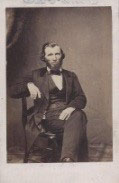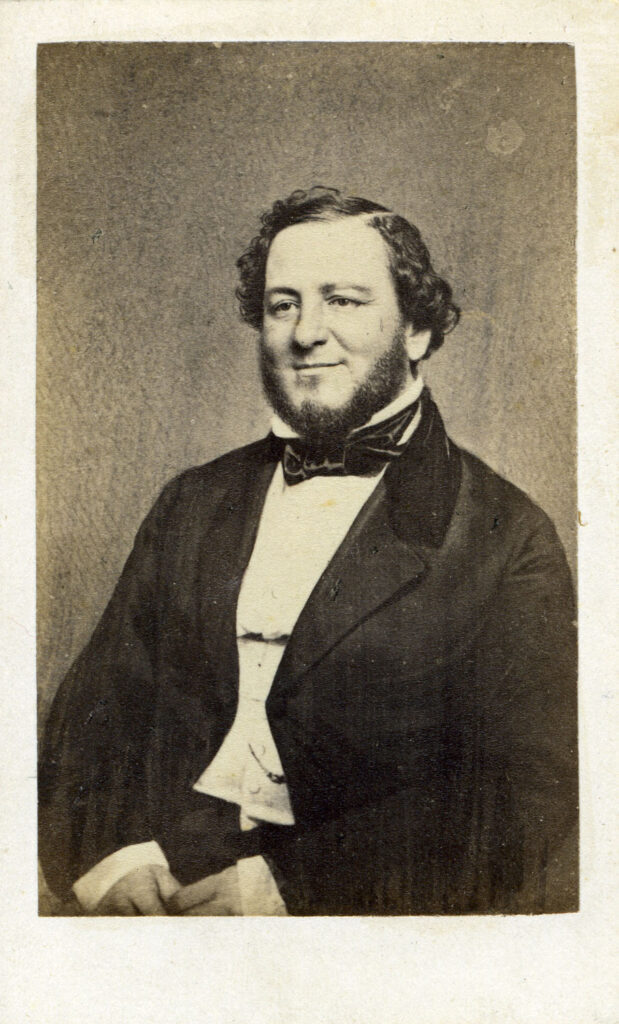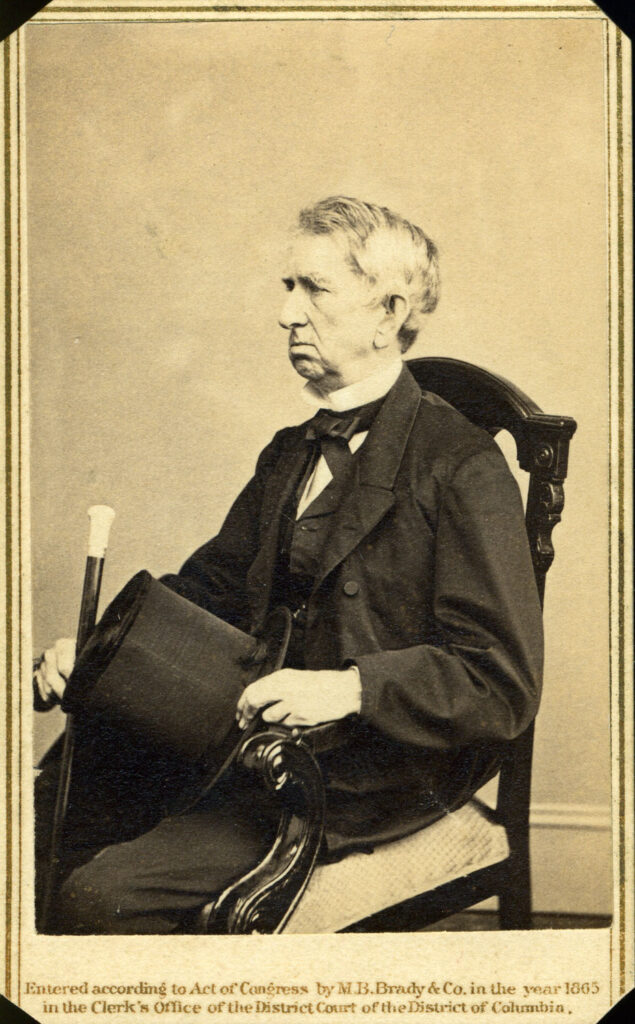Section #22 - The Southern States secede and the attack on Ft. Sumter signals the start of the Civil War
Chapter 286: Seward Adds Confusion And Lincoln Puts Him In His Place
April 1, 1861
The South Receives Mixed Messages In Washington
Uncertainty about Lincoln’s actual plans for the forts, especially Sumter, continues to concern all Southerners, from Charleston to Montgomery, and even to the delegates at the Virginia convention in Richmond.
Three “southern commissioners” led by Martin Crawford, an ex-US Congressman from Georgia, remain in DC to keep up to date on the latest. Their “back channel” source for most information is Associate Supreme Court Justice John Campbell of Alabama who is in constant contact with Henry Seward – whom they believe “speaks for Lincoln.”
On March 15, Seward assures Campbell that Sumter will be evacuated, but nothing has happened for over two weeks.
So the Judge now contacts the Secretary for an update. The message this time is less comforting.

Seward tells Campbell that Lincoln’s “ears are open to everyone” at the moment – but that it seems unlikely he will try to reinforce Sumter, and certainly not without signaling Governor Pickens in advance.
Hearing this news, CSA President Jefferson Davis asks his cabinet for their thoughts.
Opinion continue to differ – with Attorney General Judah Benjamin declaring that war is inevitable, and Secretary of State Robert Toombs arguing that Lincoln will evacuate Sumter in the end.

Davis still wants to believe Seward and Toombs and opts for no change in policy yet. He orders Crawford and the others to remain in Washington with their eyes and ears open.
April 1, 1861
Seward Oversteps His Bounds And Lincoln Asserts His Authority

April Fool’s Day concludes with one other telling incident that will define the relationship between Henry Seward and Abraham Lincoln over the remaining four years of their time together.
Seward believes that he is clearly superior to the President in seeing “the big picture” affecting the destiny of the nation.
For him that involves finding any way possible to bring the seceding states back into the Union. But he is no longer certain that evacuating the forts would produce that outcome, even if he could finally convince Lincoln to go along.
What is needed, he thinks, is a different strategy, something so compelling that the South will be persuaded to heal the breech and come home.
He arrives at a delusional proposal: finding a “common enemy” such as Spain, and provoking a conflict with them over something the South might fight for in unison with the North, such as acquiring Cuba or other potential plantation territories.
With this in mind, he sends a memorandum to Lincoln in which he politely offers to take the lead in the current crisis if it is producing too much strain on the President.
Lincoln is taken aback by the proposal, but decides to use it to put Seward in his place and establish the working relationship he wants and needs going forward. He summons Seward and tells him straight out that Ft. Sumter must be defended and that the final decision belongs with him:
If this must be done; I must do it.
His tone with Seward is gentle, not harsh, and he insures him that he his support as Secretary of State will be crucial to this and all future decisions during his presidency.
It is generally agreed that from that time forward. Seward will always remain willing to openly and aggressively offer advice to Lincoln, without ever again overstepping his bounds.